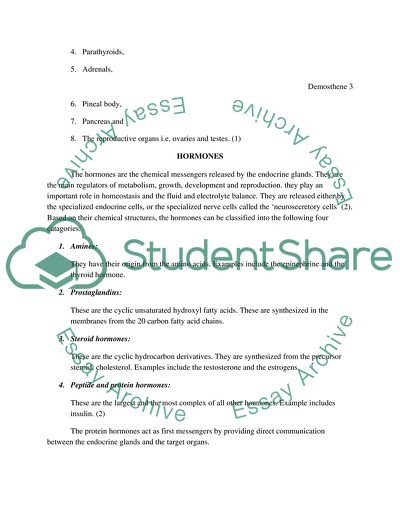Cite this document
(Anatomy of the Endocrine System Research Paper Example | Topics and Well Written Essays - 3000 words, n.d.)
Anatomy of the Endocrine System Research Paper Example | Topics and Well Written Essays - 3000 words. Retrieved from https://studentshare.org/health-sciences-medicine/1730371-endocrine-system
Anatomy of the Endocrine System Research Paper Example | Topics and Well Written Essays - 3000 words. Retrieved from https://studentshare.org/health-sciences-medicine/1730371-endocrine-system
(Anatomy of the Endocrine System Research Paper Example | Topics and Well Written Essays - 3000 Words)
Anatomy of the Endocrine System Research Paper Example | Topics and Well Written Essays - 3000 Words. https://studentshare.org/health-sciences-medicine/1730371-endocrine-system.
Anatomy of the Endocrine System Research Paper Example | Topics and Well Written Essays - 3000 Words. https://studentshare.org/health-sciences-medicine/1730371-endocrine-system.
“Anatomy of the Endocrine System Research Paper Example | Topics and Well Written Essays - 3000 Words”, n.d. https://studentshare.org/health-sciences-medicine/1730371-endocrine-system.


